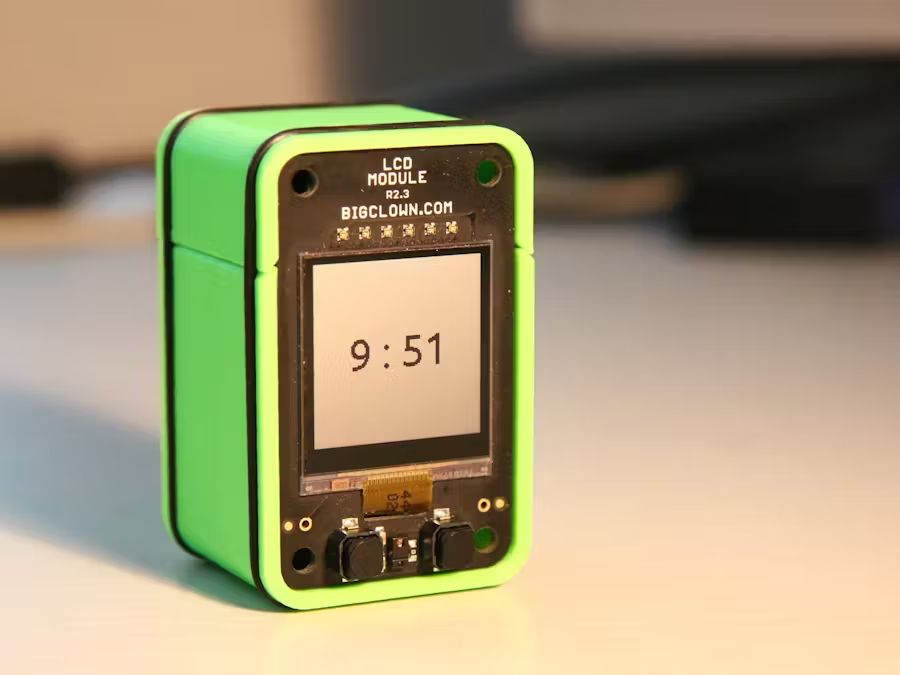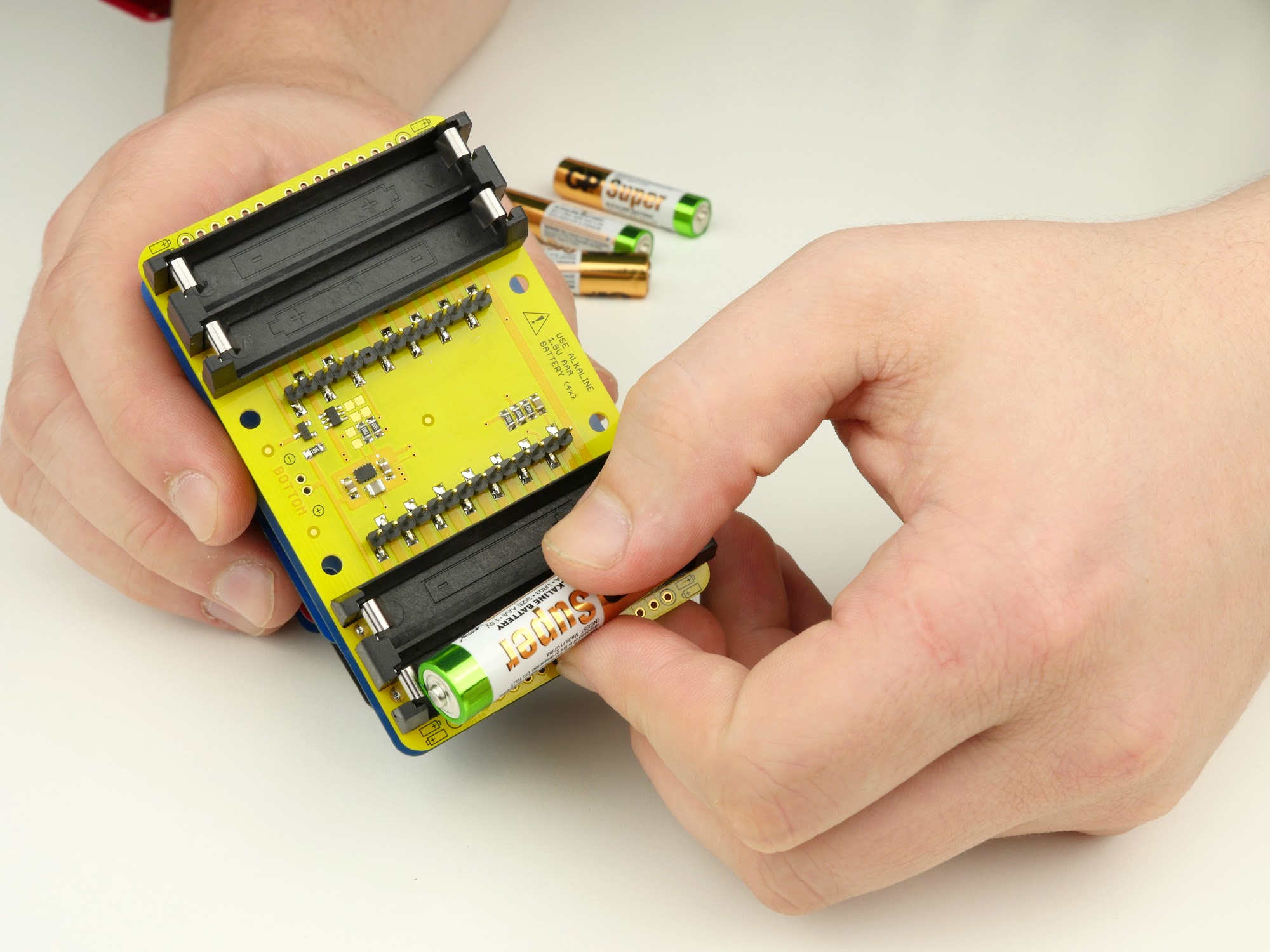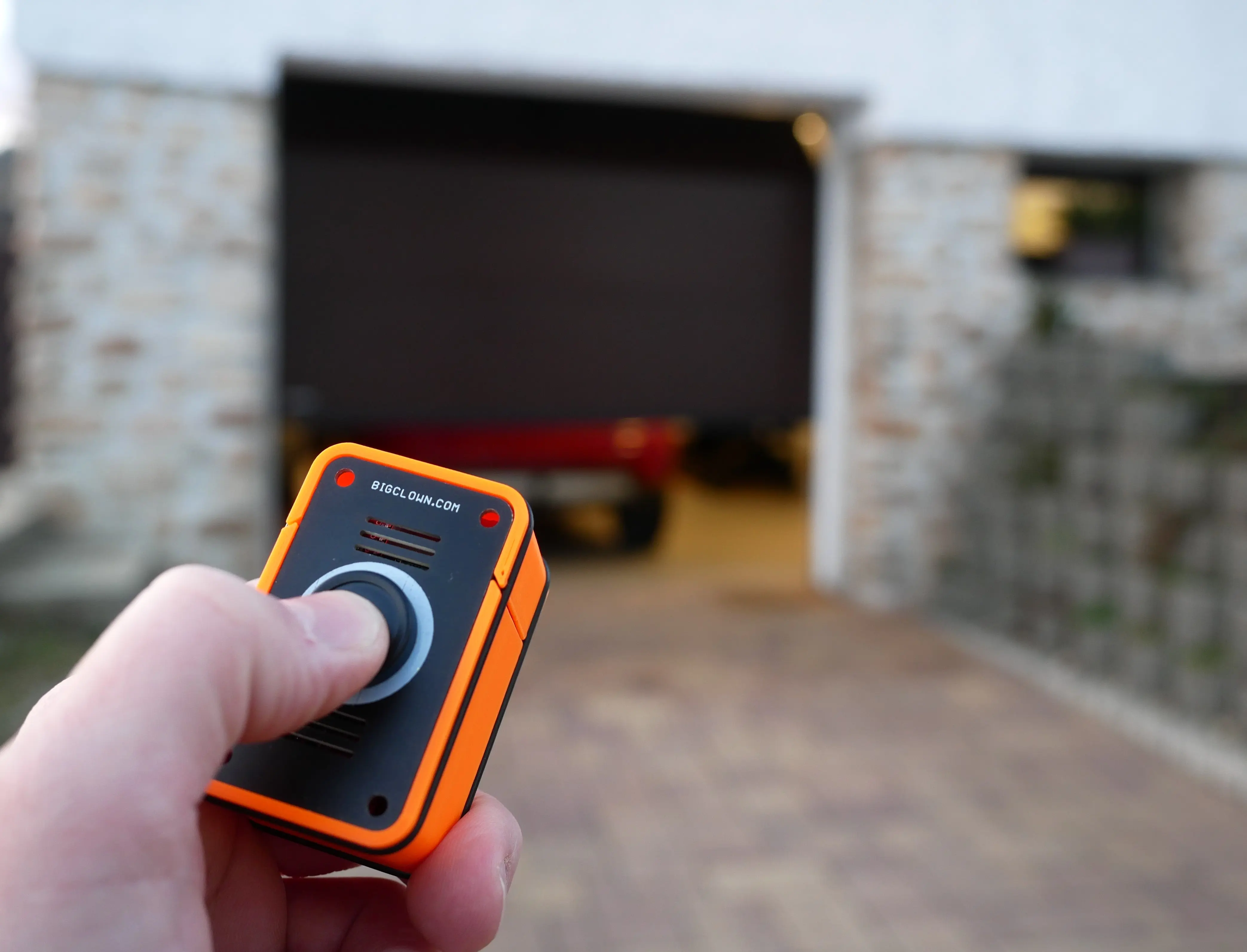TOWER Mini Course
Discover the Internet of Things with the HARDWARIO TOWER. We’ll guide you through programming and communication protocols—no soldering required.
STEM Learning Platform
Browse our STEM learning platform for schools and other educational institutions.
Projects and Tutorials
Explore a collection of projects and tutorials based on HARDWARIO TOWER, designed to inspire and educate.


